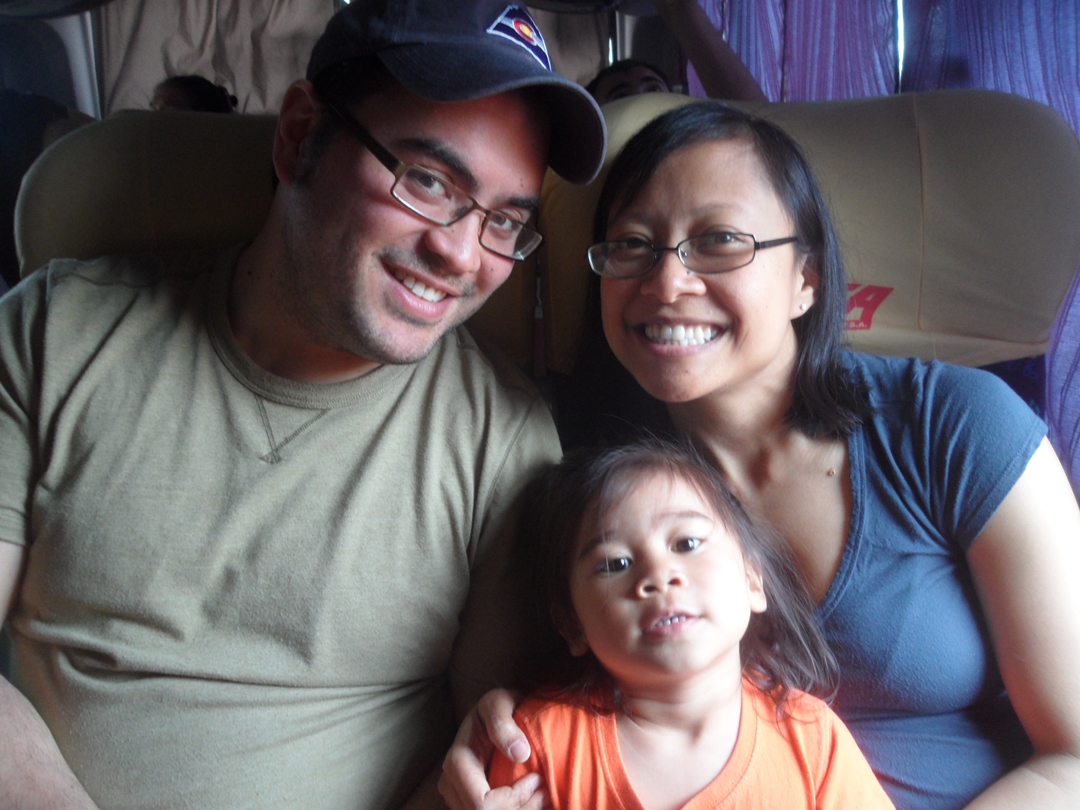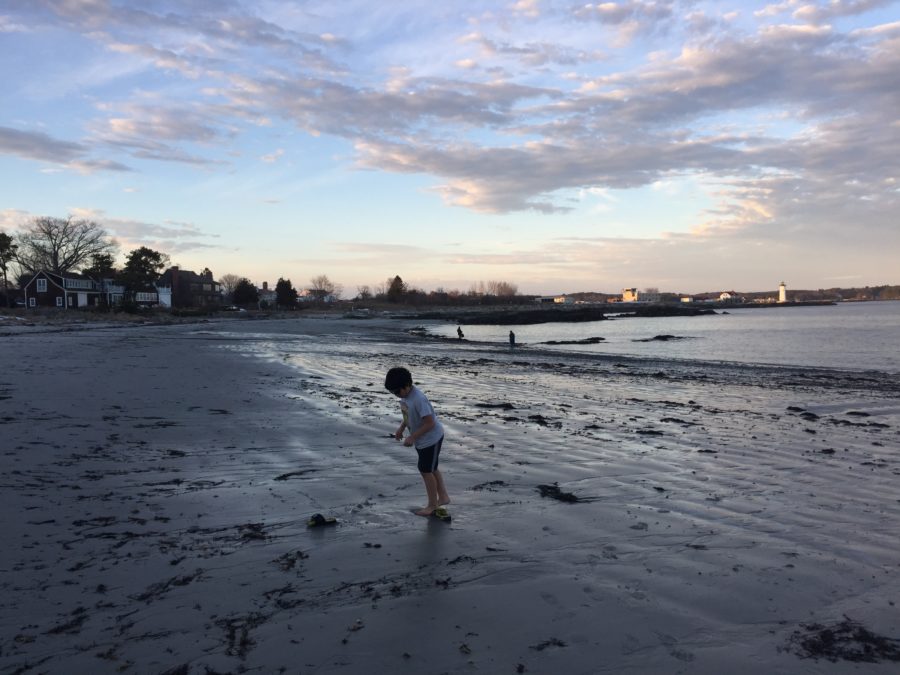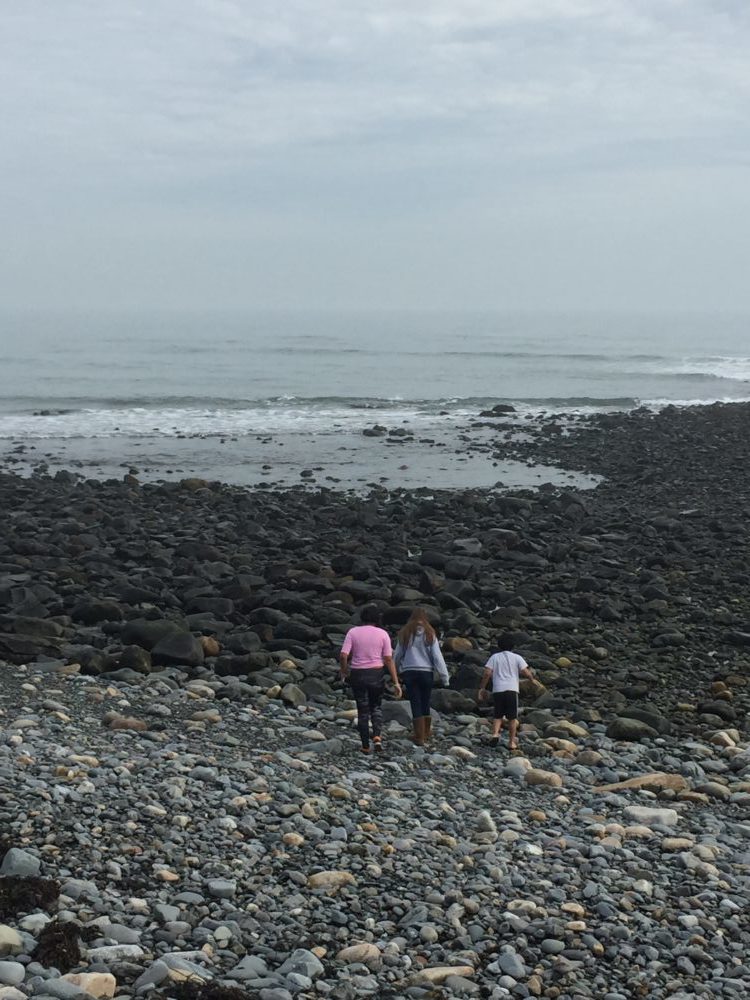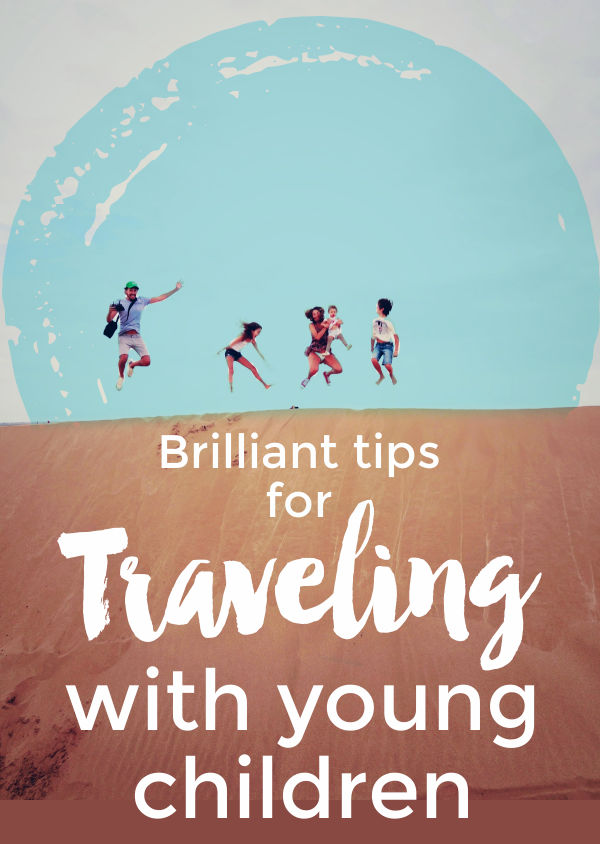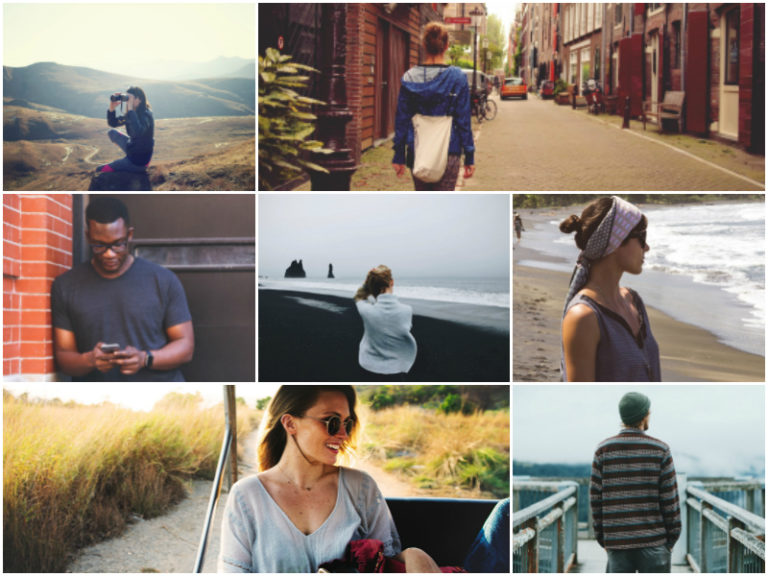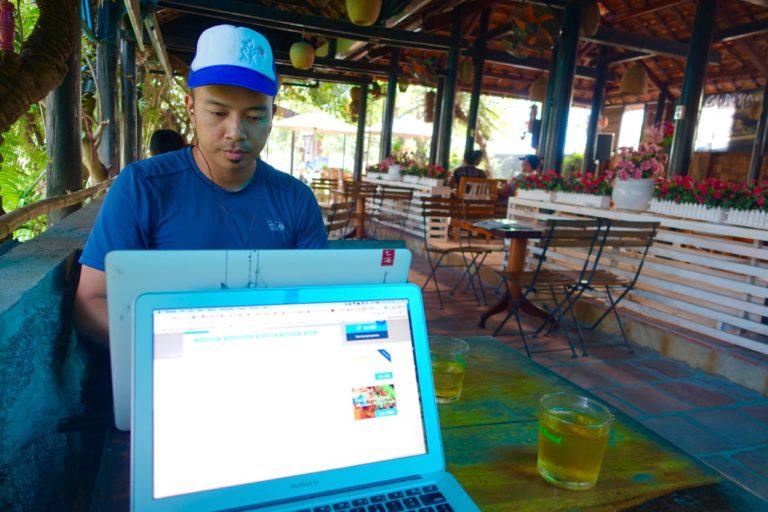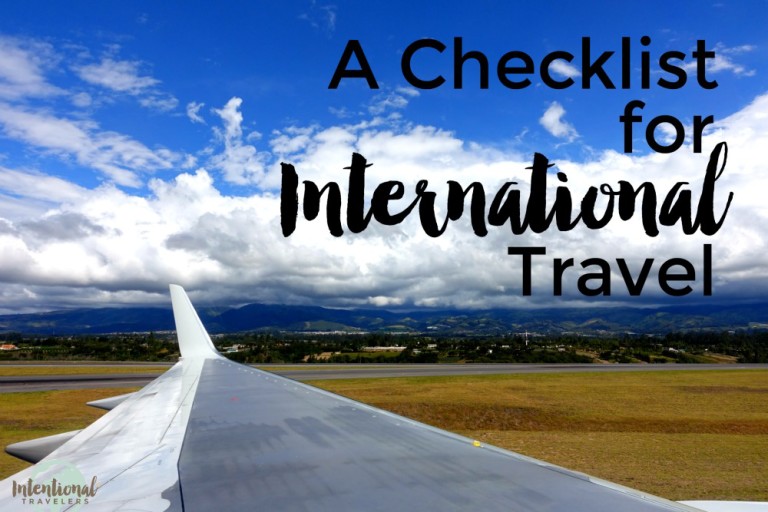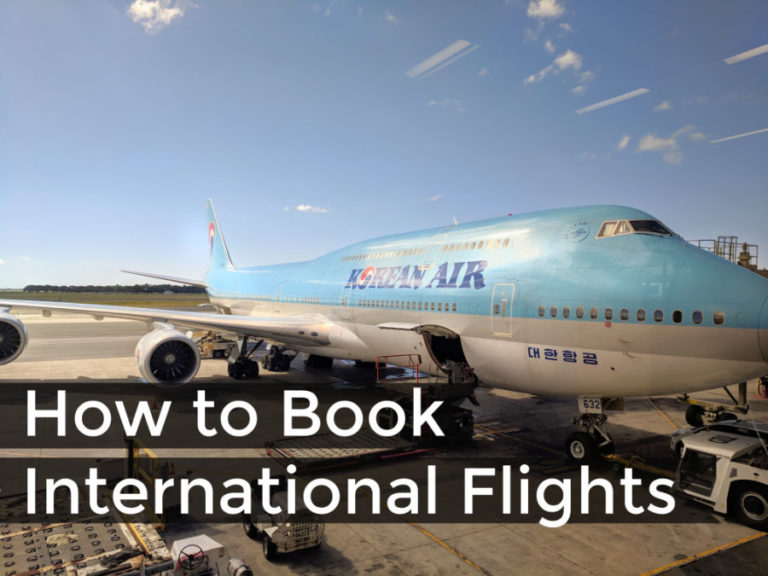Traveling With Young Children
Is it crazy to travel with kids?
People often reconcile our nomadic lifestyle with the fact that we don’t have kids.
“Now is the time to travel, while you’re unattached,” they say. “Do it now before you have kids.”
We’ve heard it so often, it’s almost like a cultural proverb.
But is it really true? Is traveling with kids or living abroad with a young family out of reach?
It doesn’t take long to discover countless examples online of families who have successfully taken off with little ones in tow. Whether it’s biking across the country together, or taking a year off to circle the globe, or transplanting permanently to a foreign country, real families of all kinds are making it happen.
Table of Contents
Traveling Families
Here are just a few examples of traveling families:
 Simple-living blogger, Tsh, and her family of five recently began a one-year journey around the world, starting in China and slowly heading West. Tsh documents their planning process, lessons learned, and global adventures on The Art of Simple Travel.
Simple-living blogger, Tsh, and her family of five recently began a one-year journey around the world, starting in China and slowly heading West. Tsh documents their planning process, lessons learned, and global adventures on The Art of Simple Travel.
 Caz and Craig Makepeace have been traveling for years and their journeys didn’t stop when they had kids. They are currently on an indefinite road trip around Australia with their two girls while running a successful travel blog, Y Travel Blog, and other online ventures.
Caz and Craig Makepeace have been traveling for years and their journeys didn’t stop when they had kids. They are currently on an indefinite road trip around Australia with their two girls while running a successful travel blog, Y Travel Blog, and other online ventures.
 The Dennings became a family of 8 this year when their most recent addition was born in Costa Rica. Their ongoing family adventures include an epic drive from Alaska to Argentina and several long stints in a number of foreign countries. Their site, World School Family, has great resources available.
The Dennings became a family of 8 this year when their most recent addition was born in Costa Rica. Their ongoing family adventures include an epic drive from Alaska to Argentina and several long stints in a number of foreign countries. Their site, World School Family, has great resources available.
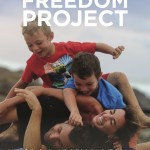 Liisa Vexler incrementally transitioned her family of four to their dream living arrangement: part-time in Canada, part-time in Costa Rica. She wrote about her experience in this book:
Liisa Vexler incrementally transitioned her family of four to their dream living arrangement: part-time in Canada, part-time in Costa Rica. She wrote about her experience in this book:
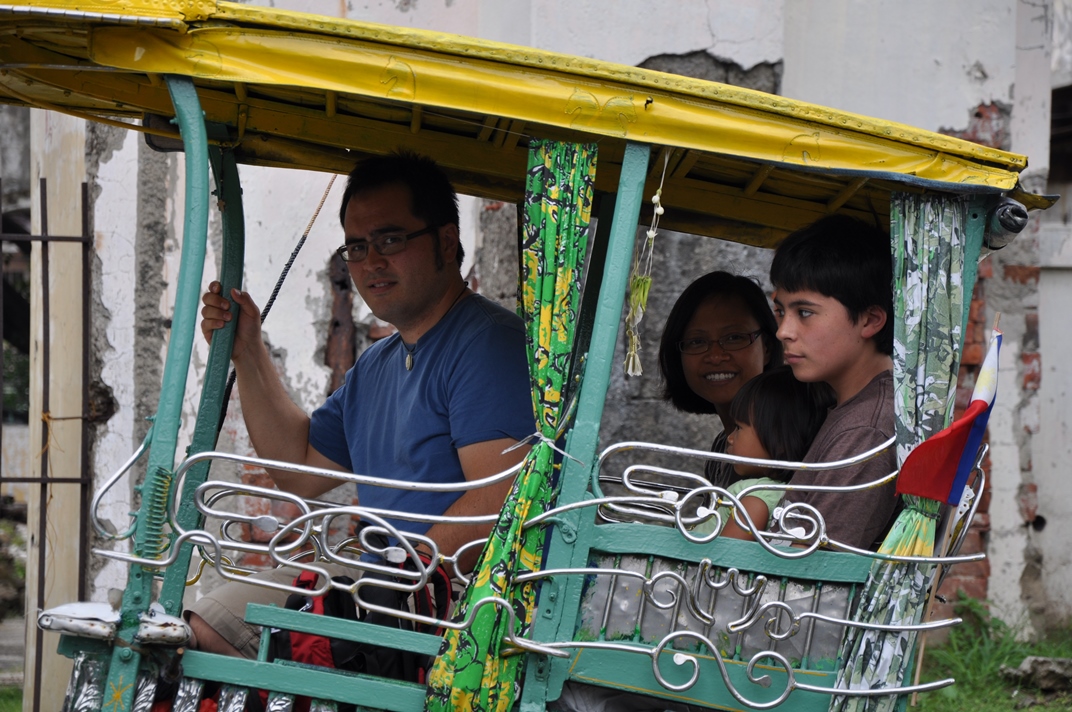
Astrid Vinje, blogger at The Wandering Daughter, has been a traveler all her life. Like us, she was a Peace Corps Volunteer. Unlike us, she’s visited 29 countries- 7 of them with her two young kids!
Astrid doesn’t let the excuse that family travel is expensive get in her way. Instead, she intentionally makes sure it is a part of her family’s life. She says, “I would rather spend my money on travel, than putting it in more material things. A trip is more memorable to me than a mortgage or a well-decorated and coordinated home.”
We love how Astrid inspires other families to not be afraid to travel and seek out adventures that may not be considered the typical family trip. So we asked her to be a part of our Intentional Travelers interview series to find out more.
Here’s what she told us…
Case Study: About Astrid’s family travels
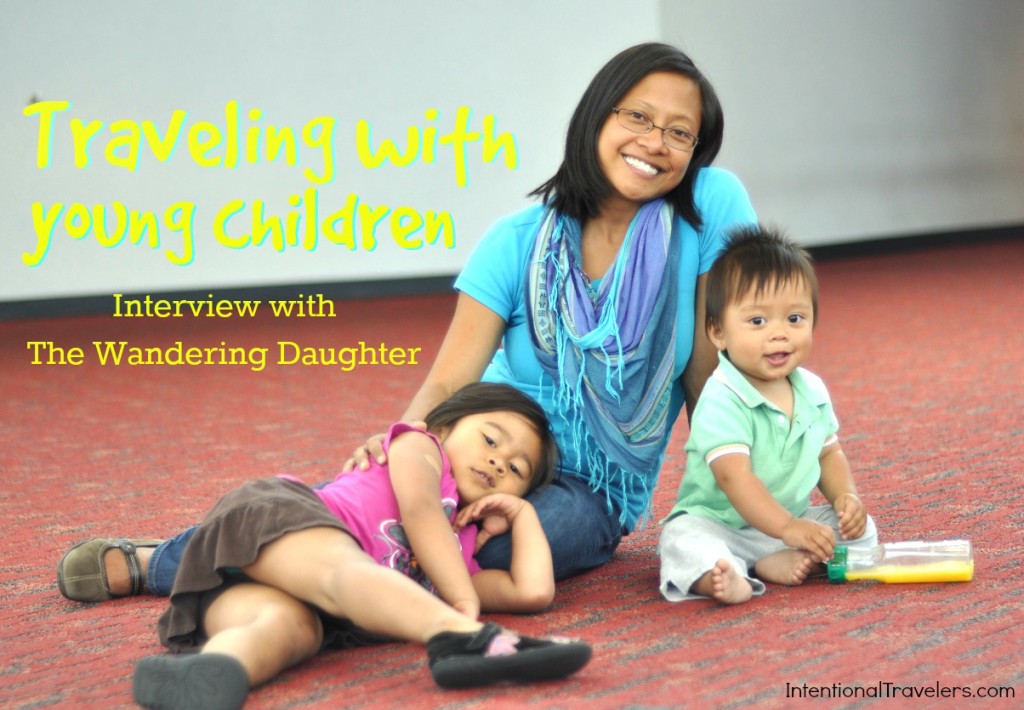 As much as I can, I like to try and experience what it’s like to live like a local. To this extent, I try and travel using public transportation. Rather than hotels, I like to use sites like Airbnb to rent out apartments. I also like to go places where I have friends so that I can visit with them and do the things they like to do in that particular place or city.
As much as I can, I like to try and experience what it’s like to live like a local. To this extent, I try and travel using public transportation. Rather than hotels, I like to use sites like Airbnb to rent out apartments. I also like to go places where I have friends so that I can visit with them and do the things they like to do in that particular place or city.
We did a three week road trip from DC to Seattle (by way of the South) when my daughter was three months old. Then we did a three week Southeast Asia tour when my daughter was a year and a half, where we visited Thailand, Philippines, Singapore and Indonesia.
Another memorable trip was going to Paraguay with my husband and daughter when she was two.
Riding the bus in Paraguay
We had decided to visit Paraguay in 2013 because one of my close friends was serving in the Peace Corps there. This was our first time to South America, yet our daughter, who was two years old at the time, really embraced the experience.
We rode on buses and on the backs of flatbed trucks. We visited farms and helped families prepare meals. We survived an intense rainstorm and mosquito attacks. But the highlight of the trip was really just watching my daughter experience the world and engage in it fully. As a parent, I was happy to be able to give my daughter the opportunity to see a side of the world she wouldn’t normally see.
Special considerations for traveling with kids
Vaccinations
There’s a lot of logistics that go into planning a trip for a family that you don’t really have to think of when you’re traveling solo (or as a couple). First, since we were going to a developing country, we wanted to make sure that we got the proper immunizations for travel to Paraguay.
The CDC has a good list of recommended vaccines for every country in the world, and luckily I have a pretty generous health insurance plan that covers travel immunizations.
Insurance
Another thing that we always purchase is travel insurance. I never used to do this when I was a solo traveler, but as soon as I started traveling overseas with my kids, I never go on a trip without purchasing it.
There are some pretty affordable plans out there, and InsureMyTrip.com is a good site to use to shop around for travel insurance. Most of the time we don’t need it, but when we were in Southeast Asia, my husband came down with a case of amoebas, and the travel insurance helped to cover part of the cost of the doctor visit and treatment.
Carseat or No Carseat
One final thing that we brought along was my daughter’s carseat. Since she was only two when we went to Paraguay, she was still a bit too small to sit comfortably in an airplane seat.
We brought the carseat along partially as a comforting tool for her, so that she would have something familiar to sit in, compared to the big strange plane.
But then when we got to Paraguay, we didn’t really have a use for it. So we ended up storing it at the hotel that we were staying at in Asuncion for the whole time that we were there.
Visiting a friend serving with Peace Corps in Paraguay
The benefits of travel for parents and kids
I think there are so many things my kids have gained from traveling. For my daughter, who’s now four, it’s this deep curiosity and appreciation for the world.
She’s always been a nature lover, and when we were in Paraguay, she was in absolute heaven. We saw cows, chickens, pigs, and sheep, and she got to see how vegetables grew on farms. She had so much fun just running around the place chasing the chickens and playing with the dogs and cats who lived with my friend.
As a parent, the main benefit is just continuing to be able to see the world. Kids bring a different perspective to travel, and traveling with my kids has helped me appreciate the places that we visit a lot more.
It’s also a great bonding experience for all of us. As a parent, I feel really blessed that I have the opportunity to provide that kind of experience to my kids.
Practical, Playful, and Profound: 6 Ideas for Great Journeys With Kids
Our friend and fellow Returned Peace Corps Volunteer, Deidra Razzaque, is a transformative travel coach, writer, artist, educator, and mother of two kids. Her whole family recently returned to her Peace Corps host country, Costa Rica, for a family trip. Here she shares some tried and tested tips for successful travel with kids.
As a parent, I’ve been feeling lately that we are living in a globally unprecedented time.
Think about it: today many of our children have easy, rapid, 24/7 virtual access to millions of facts, photos, and actual people throughout the world. And many families today find themselves traveling and living abroad in increasingly novel ways—beyond sight-seeing, visiting friends and family, and learning languages on short trips, more families are becoming part-time nomads or spending years abroad.
Some kids are experiencing global education systems, while some are homeschooling and unschooling within cultures beyond their own.
All of these experiences are leading many parents and children to form connections and collaborations with global communities, to feel increasingly curious about new places and people, and to think beyond themselves in ways that would have been unheard of even a decade ago.
At the same time, global strife and changes in the political climate in many parts of the world has led to an increase in “othering.”
While our kids have more opportunities to empathize with others in a global context, they are also receiving messages that the world beyond what they know—whether it’s thousands of miles away or right next door, is something to fear.
So what does this all mean today when we travel with our kids? I think it means that if we want to increase our family’s intercultural agility, traveling in an intentional way is vital.
Below are some ideas to consider.
1. Involve Kids in Travel Planning—to the extent they want to be involved
Let your kids participate in planning, but recognize what that might mean for them, in particular.
My daughter wants to know, a long time in advance, where we might go and what we might do there. She really likes to hear about possibilities, and then yay or nay things. Sometimes it takes her a long time to warm up to the idea of visiting a certain place, but once she decides, she gets so excited that she could easily star in commercials about the place.
My son, on the other hand, gets stressed out if he hears too much before we travel. Just a wee bit of information can lead him to say that he would rather stay home. We know now that, at least at this stage, he just wants to stay more than one night in a place that isn’t our place. And he always has a ball wherever he is.
Encourage your kids to tell you what they might need to make a particular journey a success. Especially if you know that weather, insects, foods, or other experiences have made them uncomfortable in the past, help them think about how to manage those situations.
Or if there are particular people or experiences they might miss while you’re traveling, can they create small keepsakes or rituals before they leave that will help them feel more at peace?
My daughter, who was born in the tropics but has always loathed feeling hot, has taken to stashing a supply of paper fans in our luggage. And she is crazy about those scarves that you can rinse in water to keep you cool. Traveling with her is much more fun when she has these items.
2. Rest and nurture yourselves when kids (or parents) are tired and grumpy
Does this seem obvious? Maybe. But in an era where, even while pumping gas, we are bombarded by someone talking at us on a screen, I think it’s easy to forget what rest looks like.
And kids are usually even more sensitive than adults to all the sights, sounds, and energies coming at them. And when they’re done, you know that they’re usually really quite completely utterly done.
So before they get to that stage, take a break!
Think, before you travel, about what rest means for your child. Maybe there are particular snacks that your child loves. Essential oils or other remedies might help your child feel calmer and renewed. A favorite book or toy can bring solace.
In our house, we have a running list of what helps each family member feel safe and calm. That way if one of us is on the verge of losing it, someone else can say, “Hey, you said that X helps you calm down. Do you want to try it?”
Usually these things are portable—getting a hug, singing, holding hands with someone and jumping, and writing or drawing are some things that have been on our lists.
Before traveling, ask your loved ones what helps them to feel calm.
3. Watch the world together
Particularly with kids, it’s fun to imagine what your lives might be like if you lived in a certain place. Sit in a park and just notice what’s happening. How do people here interact with one another? What seems to make people here laugh?
You can make it a game to be quiet for three minutes, and then share three things you each observed.
Being still and watching unfamiliar surroundings can help you understand the energy of a place. It can also help you connect more fully with the people you meet there. And of course, it can help you and your kids feel more calm, grounded, and ready for the rest of your travel adventure.
4. Plan scavenger hunts.
Seeking something out in a place encourages you to delve more deeply into that place. A scavenger hunt is a game in which individuals or teams need to collect certain objects.
In my family, we sometimes plan physical scavenger hunts, and sometimes we have photo scavenger hunts, where the idea is to take pictures of the objects we’re trying to find.
It occurs to me just now that, during our next journey, I want to try a “belief scavenger hunt”—where we’ll see if we can hear or see examples of beliefs that are different from our own, or beliefs and ideas that we’ve never even thought of before. We could write them down, draw about them, or take photos that represent them.
Anyone in your family could decide what it is that you have to find on your scavenger hunt. You could have themes, like “all blue,” or a number specific items like “a street sign, a coin, and someone walking a dog.”
Different time lengths will yield different results—five minutes, a few hours, or your whole trip will change what you notice.
Afterwards, if you’ve collected physical objects, you can make keepsake bottles. If you’ve taken photos, you can print and collage them or create photo books as mementos of your journey.
5. Ask your kids to take photos, and then talk about them afterwards.
This idea can go along with a photo scavenger hunt, or it could just be asking your children to take photos of whatever strikes them as interesting.
This practice, and the discussions that happen when you look at the photos together, can deepen your travels–and your relationship, on so many levels.
First, taking photographs gives your child a sense of autonomy, as well as the ability to honor what he or she finds interesting. Photos give kids something tangible to share with their friends.
And later, when their memories of a trip have faded, seeing photos they’ve taken can help them recapture their stories.
When you talk with your children about the photos they’ve taken, it lets you begin to see through their eyes. It also encourages both of you to think differently about the place you are visiting.
6. Above all, practice Wabi-Sabi in the journey
The Japanese concept of wabi-sabi, the art of finding beauty in imperfection, has buoyed my traveling family many a time.
Akin to mindfulness, a wabi-sabi approach means that you can not only handle cultural confusion, disrupted plans, messes, and general travel grumpiness, but that you find yourself enjoying things that would have frustrated you in the past.
Wabi-sabi will help you remember to listen well and laugh more often. It will let you and your family ride the complex waves of any journey with grace.
What intentional travel tools and perspectives have helped your family absorb more travel joy?
Like this post? Pin it for later or share with friends!

